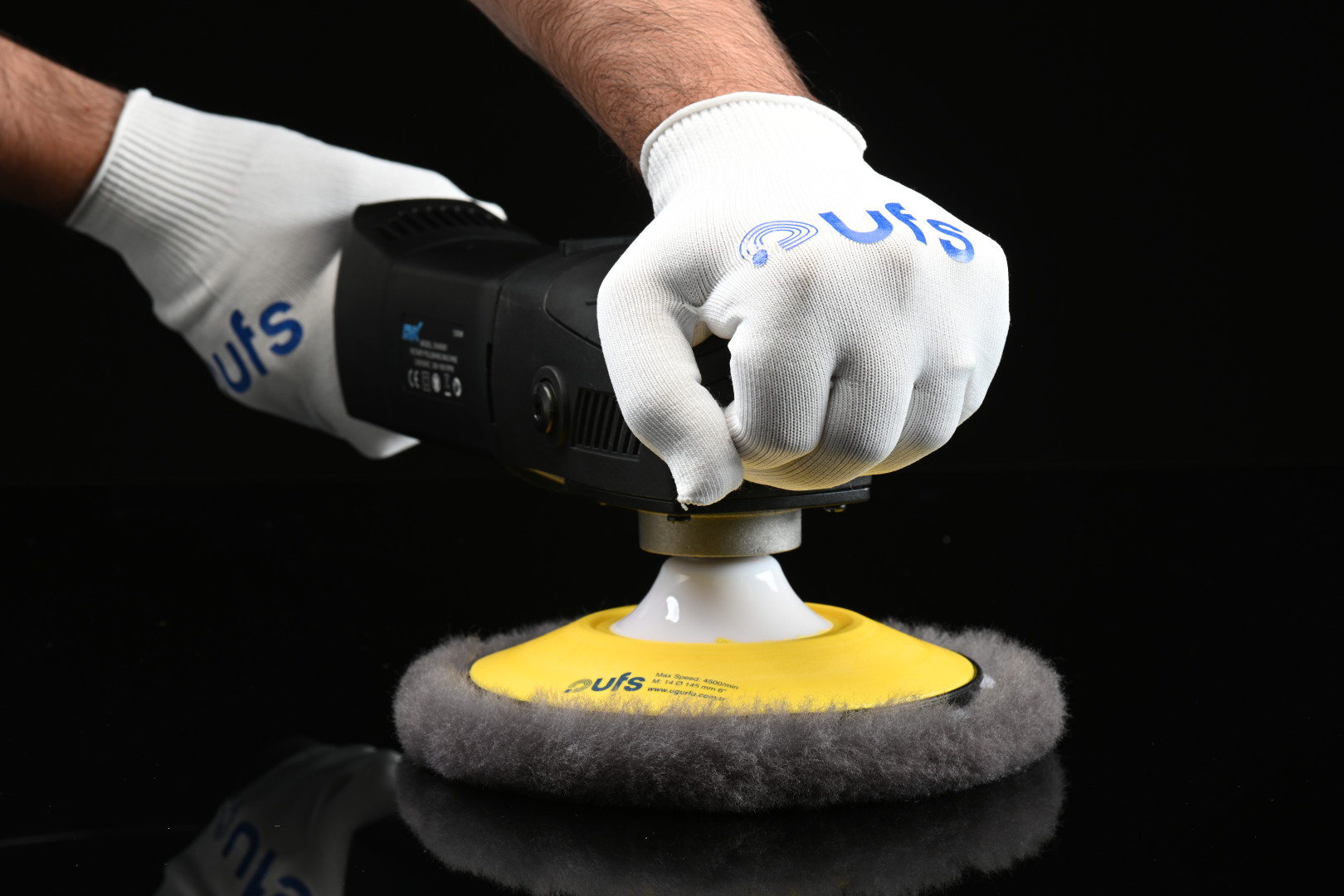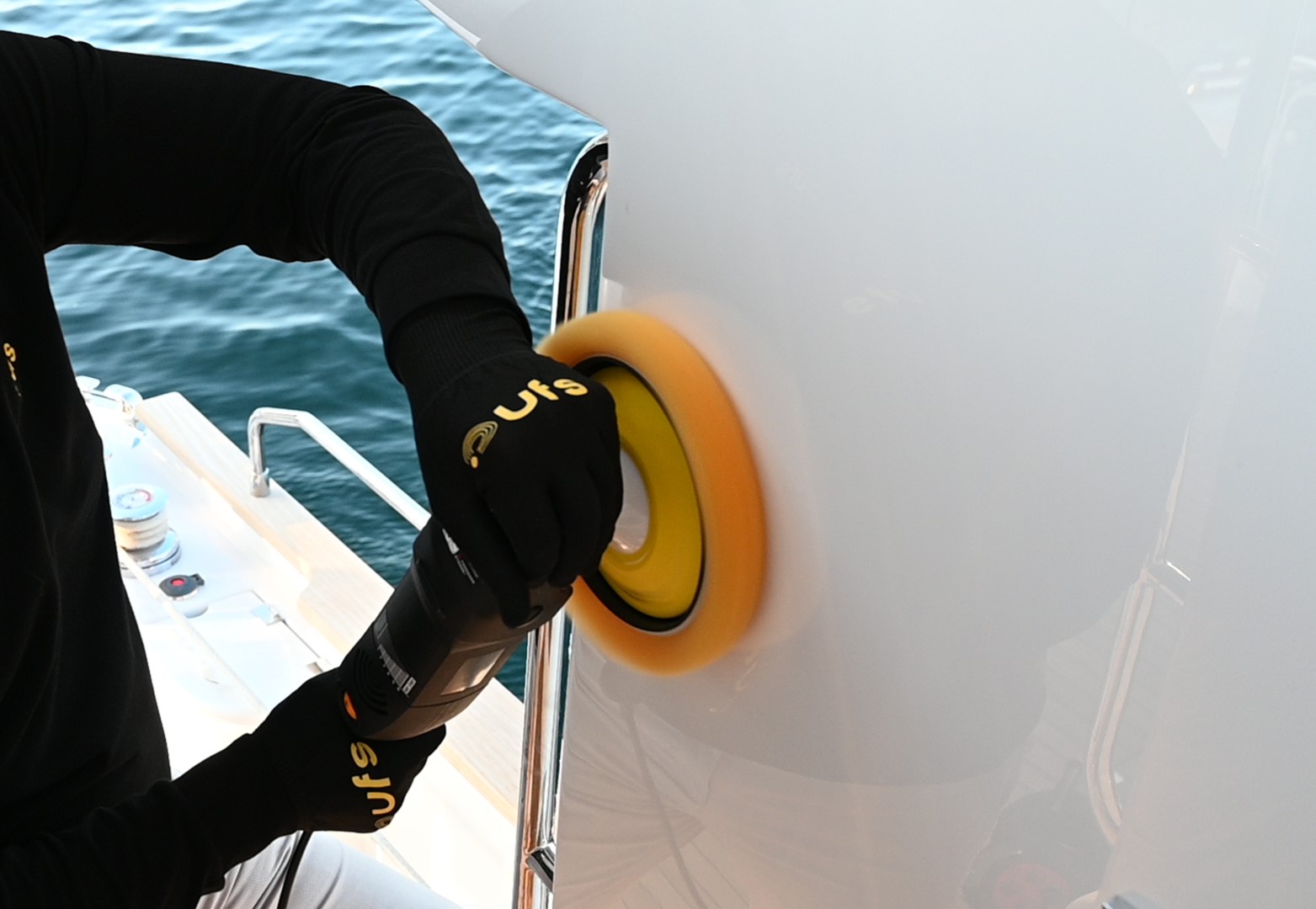
Polishing is a surface treatment technique applied to remove imperfections on materials' surfaces and achieve a shiny finish. This process is widely used in the industry to provide an aesthetic appearance and improve the properties of materials. It also has the potential to enhance the durability and functionality of the material.
What is Polishing?
Polishing is a specialized technique used to remove surface imperfections on materials and achieve a brighter finish. In the industry, polishing offers advantages ranging from aesthetics to functionality, from durability to appearance.
What is the Purpose of Polishing?
The primary purpose of the polishing process is to make material surfaces smooth and shiny. However, behind this simple definition, there are much broader advantages.
The polishing process not only ensures that a surface appears more aesthetically pleasing but can also positively affect the material's physical properties. Especially on painted surfaces, it can create an extra protective layer against corrosive effects, extending the material's lifespan. Polishing also offers advantages in terms of cleanliness. Smooth and even surfaces prevent dust and dirt from accumulating, making cleaning easier and more effective.
How is the Polishing Process Done?
The polishing process typically consists of several stages, each with its specific techniques and materials.
Pre-Polishing Cleaning
The process begins by removing any dirt, oil, and other unwanted substances from the surface. The cleaning process is important to ensure the surface is completely smooth and homogeneous for polishing.
Coarse Polishing Stage
At this stage, large imperfections and scratches on the surface are removed. This is usually done with a polishing pad with a coarser texture. While the surface may not be fully shiny at this stage, it will be significantly smoother.
Fine Polishing Stage
Using a polishing pad with a softer texture, fine imperfections and scratches on the surface are removed. This stage is crucial for achieving the final shine and smoothness of the surface.
Post-Polishing Buffing
In this final stage, the surface is treated with a polishing pad with a very soft texture. This gives the surface a final bright and mirror-like appearance.
What Are Polishing Materials?
To effectively perform the polishing process, different materials and tools are required. The most commonly used polishing materials include polishing discs, polishing compounds, and polishing sponges. Additionally, different grits of sponges and discs are preferred depending on the surface type and desired results.
What Surfaces Can Be Polished?
The polishing process can be applied to various materials. While metals are the primary materials, glass, plastic, and wood can also gain shine through polishing.
Polishing Wooden Surfaces
Wood is a natural material that can become dull and scratched over time. The polishing process restores the natural shine of the wood, providing an aesthetic appearance. It also makes the wood more resistant to external factors.
Polishing Glass Surfaces
Glass surfaces can become dull due to scratches and dirt. Polishing restores the transparency of the glass and removes scratches, returning it to its original clarity.
Polishing Metal Surfaces
Metals can easily oxidize and become dull, especially when exposed to external factors. Polishing prevents oxidation of metal surfaces, enhances their shine, and improves the overall durability and aesthetics of the metal.
Polishing Plastic Surfaces
Plastic materials can become dull over time due to scratches and UV exposure. Polishing restores the shine of plastic surfaces and improves the overall appearance and durability of the material.
Precautions to Take When Polishing
Certain precautions must be taken to successfully complete the polishing process. First and foremost, it is crucial that the material used is appropriate for the surface type. For example, a polishing material designed for metal surfaces may not yield the desired result when applied to a wooden surface.
Additionally, the pressure applied during the polishing process is also significant. Excessive pressure can cause scratches or deformations on the surface. Conversely, insufficient pressure may render the polishing process ineffective. Keeping the surface constantly moist while performing the polishing process can also help prevent scratches.
Lastly, safety is always a top priority. It is recommended to use personal protective equipment, such as safety glasses, gloves, and masks, during the polishing process.
Frequently Asked Questions About Polishing
Below you can find frequently asked questions about polishing.
Why is polishing done?
Polishing is done to make material surfaces smooth and shiny. It also increases the surface's resistance to external factors and makes cleaning easier.
Where is polishing used?
Polishing is used in many sectors, including automotive, construction, furniture, glass industry, and jewelry production.
What is the purpose of a polishing pad?
A polishing pad is used to apply polishing paste or cream to the surface. The pad ensures an even distribution of pressure on the surface, helping achieve a more uniform shine.


.JPG)
.JPG)
